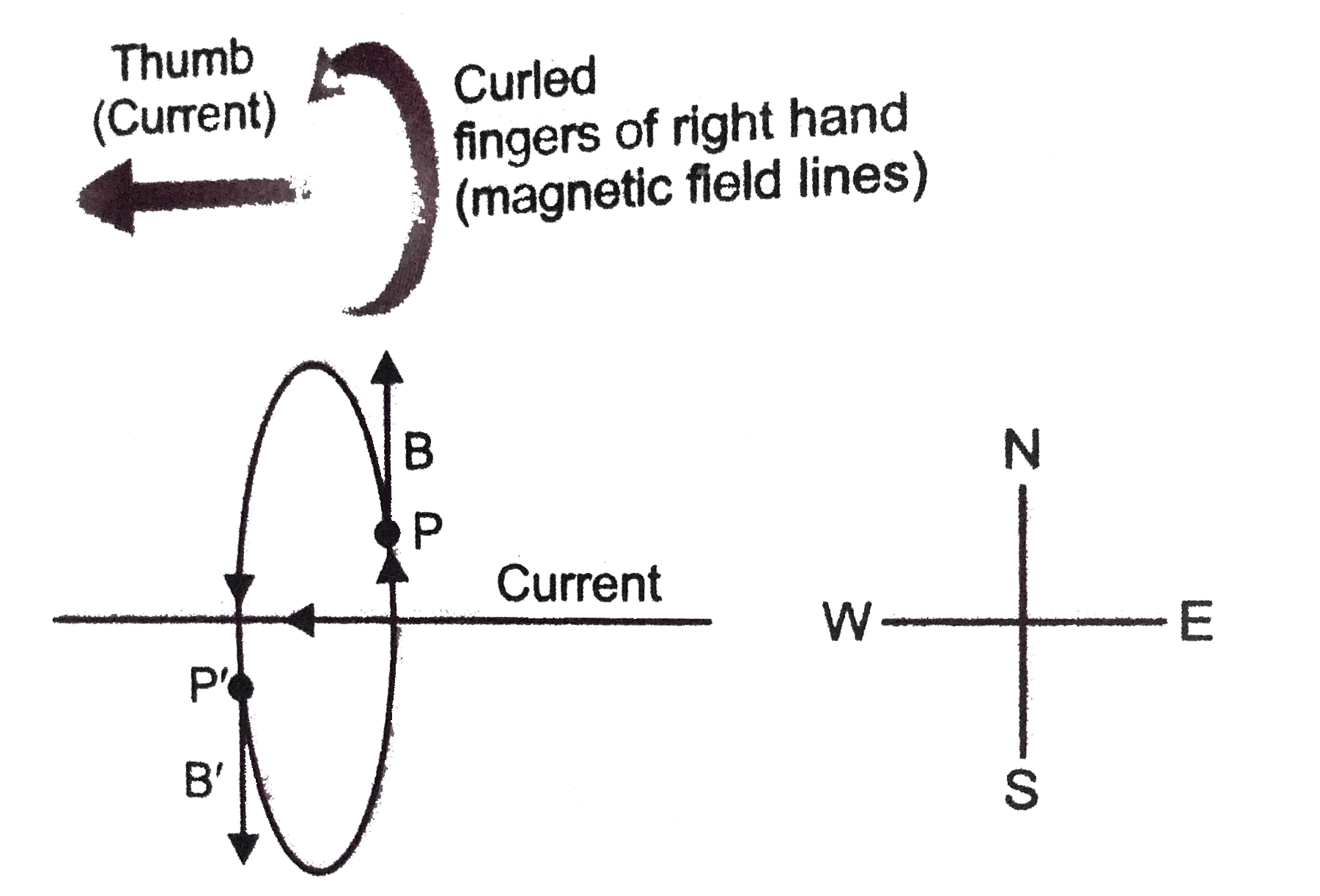Assertion : A geostationary satellite rotates in a direction from west to east.
Reason : At midnight when the sun is directly below. It pulls on an object in the same direction as the pull of the earth on that object. At noon when the sun is directly above. Its pulls on an object in a direction opposite to the pull of the earth.
If both Assertion & Reason are True & the Reason is a correct explanation of the Assertion.
If both Assertion & Reason are true but Reason is not a correct explanation of the Assertion.
If Assertion is True but the reason is False.
If both Assertion & Reason are false.
Step by step video & image solution for Assertion : A geostationary satellite rotates in a direction from west to east. Reason : At midnight when the sun is directly below. It pulls on an object in the same direction as the pull of the earth on that object. At noon when the sun is directly above. Its pulls on an object in a direction opposite to the pull of the earth. by Physics experts to help you in doubts & scoring excellent marks in Class 12 exams.
Updated on:21/07/2023Topper's Solved these Questions
Similar Questions
Assertion : A geostationary satellite rotates in a direction from west to east.
Reason : At midnight when the sun is directly below. It pulls on an object in the same direction as the pull of the earth on that object. At noon when the sun is directly above. Its pulls on an object in a direction opposite to the pull of the earth.
View SolutionWhat happens when a force is applied in the direction opposite to the motion of an object?
View Solution
Knowledge Check
Assertion : An object may have acceleration even if it is moving with uniform velocity
Reason : An object may be moving with uniform velocity but it may be changing its direction of motionABoth A and are true and R is correct explanation of the assertionBBoth A and R are true but R is not the correct explanation of the assertionCA is true, but R is false .DA is false, but R is trueWhen light rays from the sun fall on a convex lens along a direction paralle to its axis
AFocal length for all colours is the sameBFocal length for violet colour is the shortestCFocal length for yellow colour is the longestDFocal length for red colour is the shortestWhen a force of constant magnitude and a fixed direction acts on a moving object, then its path is -
AcircularBparabolicCStraight lineDEither (B) or (C)
Give an example when the direction of the acceleration of the moving object is opposite ot the direction of the motion .
View SolutionWhat happens when force acting on an object are in opposite direction and equal?
View SolutionWrite an expression for the work done when a force is acting on an object in the direction of its displacement.
View SolutionA current through a horizontal powerline flows in east to west direction. What is the direction of magnetic field at a point directly below it and a point directly above it?

View SolutionWhat will be the resultant force when two forces act in opposite directions on an object?
View Solution
